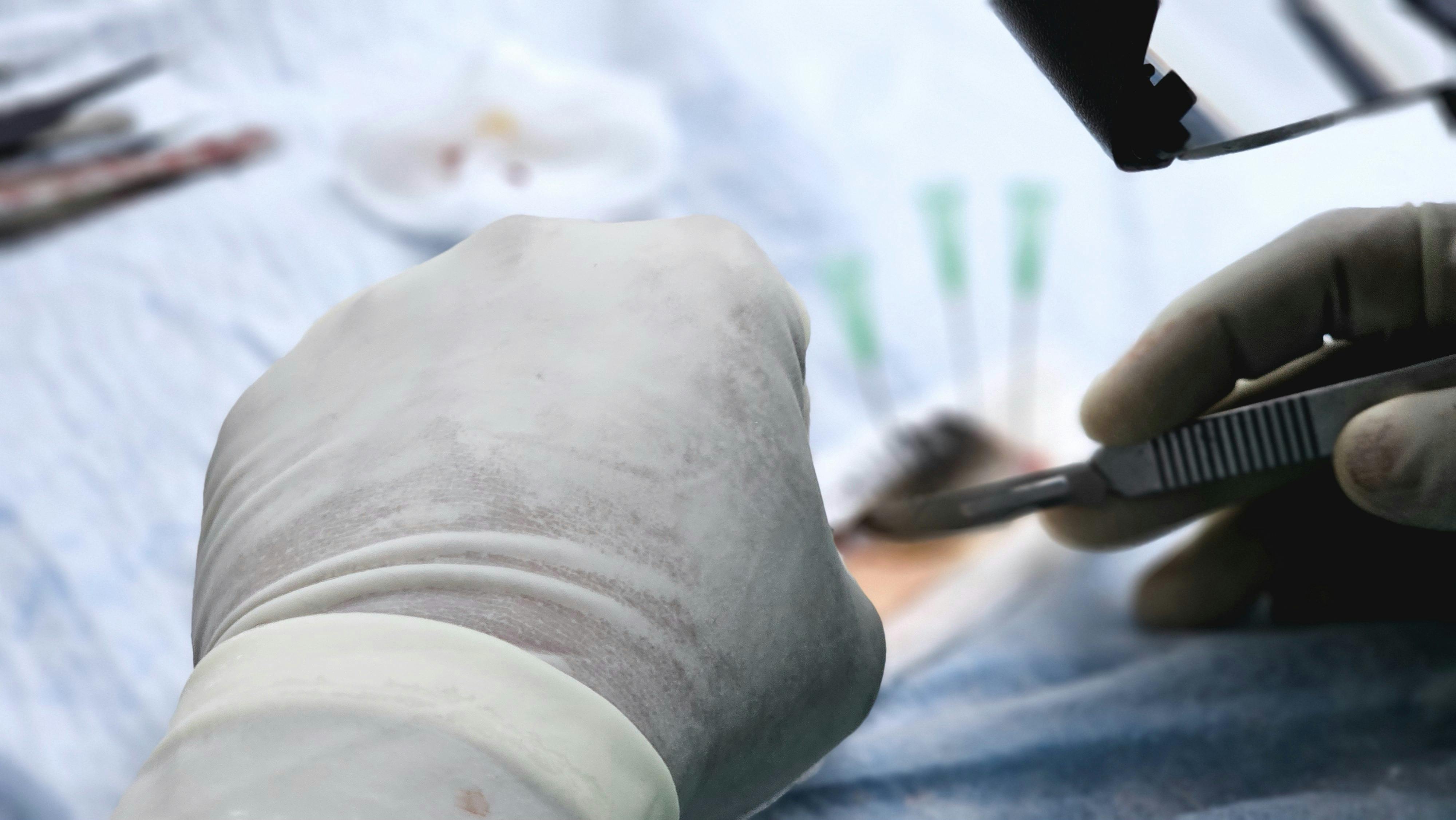Tummy Tuck: A Historical Perspective to Modern Beauty
The tummy tuck, or abdominoplasty, is a popular cosmetic surgery that removes excess fat and skin from the abdomen to create a smoother, firmer profile. The history of this procedure traces back to ancient Egypt, where it was performed as a part of mummification. However, the modern version of this procedure was first attempted in the late 19th century. French surgeon, Eugène Louis Doyen, pioneered the removal of excess abdominal skin in 1890, laying the groundwork for the birth of abdominoplasty in its current form.

The Evolution of Techniques: From Skin Excision to Liposuction
Over the years, the tummy tuck procedure has evolved significantly. The initial technique solely involved skin excision, but this approach left patients with unnatural-looking results and long recovery times. In the 1970s, surgeons began using liposuction to assist in the removal of abdominal fat. This marked a significant advancement since it offered a way to remove fat without making large incisions, reducing scarring and recovery time.
In the 1980s, the ‘high lateral tension abdominoplasty’ technique was first introduced. This method not only removes excess skin and fat but also tightens the underlying abdominal muscles, providing a more aesthetically pleasing result. These developments made the tummy tuck a safer, more effective procedure, increasing its popularity among patients seeking improved body contour.
Tummy Tuck in the Modern Era: A Societal Perspective
Today, the tummy tuck is a commonly performed procedure worldwide, with over 130,000 surgeries carried out in the United States alone in 2019. This rise in popularity can be attributed to a variety of factors, including the increasing societal emphasis on physical appearance and body positivity.
The procedure is particularly popular among women who have given birth or individuals who have undergone significant weight loss, as both situations can leave them with loose, sagging skin that can’t be addressed through exercise alone. In this context, a tummy tuck can restore their body image and boost their self-confidence, making a profound impact on their quality of life.
Furthermore, with the proliferation of social media platforms and the tendency to share images online, there’s an added pressure to look ‘picture-perfect.’ This has contributed to the increased demand for cosmetic procedures like the tummy tuck.
Addressing Misconceptions: The Tummy Tuck is not a Weight Loss Solution
A common misconception surrounding the tummy tuck is that it’s a quick fix for weight loss. In reality, the procedure is designed to remove excess skin and fat that remain after weight loss or pregnancy. It is not a replacement for a healthy diet and regular exercise, and it can’t correct obesity.
Moreover, while the tummy tuck can provide dramatic results, it’s crucial to have realistic expectations. The procedure can’t guarantee a perfectly flat stomach, as factors like genetics and lifestyle habits can influence the final outcome.
The Future of Tummy Tucks: Towards Minimally Invasive Techniques
Looking forward, the field of abdominoplasty is set to continue evolving as new techniques and technologies emerge. Surgeons are increasingly focusing on minimally invasive methods that offer the same results with less scarring and shorter recovery times. One such advancement is the endoscopic tummy tuck, which uses small incisions and a camera to guide the procedure, reducing tissue damage and improving patient recovery.
Moreover, the integration of non-surgical techniques, such as skin tightening devices and injectable fillers, is expected to further enhance the results of tummy tucks, offering patients an ever-expanding range of options to achieve their desired body contour.
In conclusion, the tummy tuck has a rich history that reflects our changing understanding of beauty and body image. As a procedure that combines medical advances with societal trends, it offers a fascinating lens to explore the evolving relationship between health, aesthetics, and self-perception.




